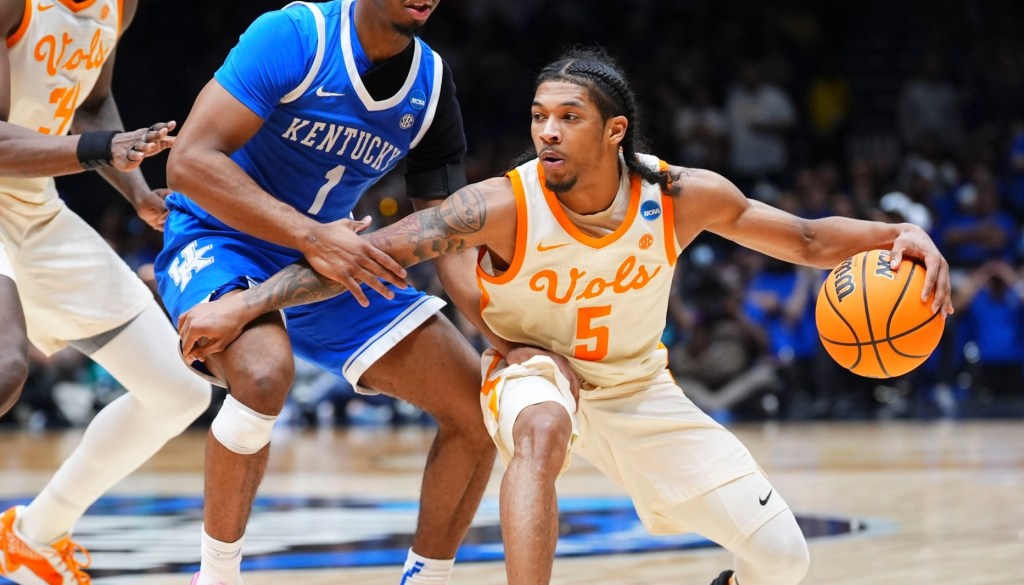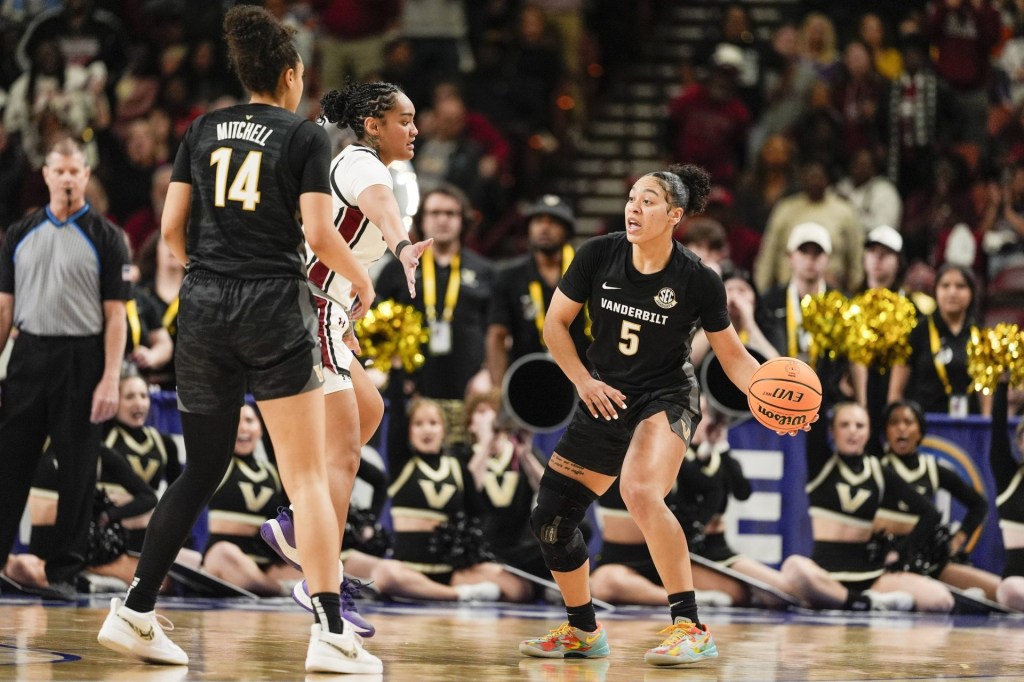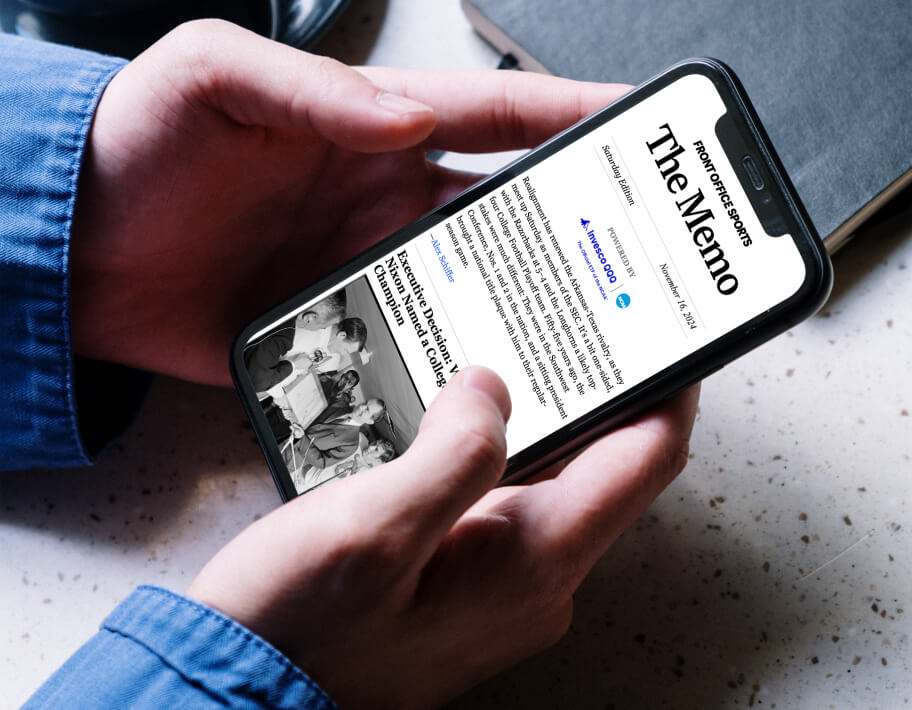The revenue-sharing era is officially set to commence on July 1, after federal judge Claudia Wilken approved the landmark House v. NCAA settlement allowing schools to pay players for the first time in college sports history.
Contracts may include a concept familiar both among college coaches and in the pros, according to an FAQ released by the NCAA and power conferences last Friday: player buyouts.
The 36-page document suggests schools can include buyout clauses in revenue-sharing agreements with players as a contingency in case a player decides to enter the transfer portal. In the scenario presented, players could potentially lose out on a portion of their earnings. The school they transfer to would be responsible for paying a buyout, which would count toward their revenue-sharing cap. (The buyouts, as with revenue-sharing agreements, would be overseen and enforced by an entity created by the power conferences called the College Sports Commission.)
Buyout clauses have become increasingly common in NIL (name, image, and likeness) collective contracts, Front Office Sports previously reported, though they usually require players to repay some of the money they’ve already received if they decide to transfer. But it’s unclear how many schools might include this buyout structure in their revenue-sharing contracts at this point.
The FAQ provided an example of how a revenue-sharing buyout clause could work with a player who gets a one-year contract for $100,000, as well as a $100,000 buyout clause. The player would receive $50,000 at the beginning of the school year, and then $50,000 at the end of the academic year if they stay. If they decide to transfer, however, they would lose the second payout. Their new school would then pay the $100,000 buyout to their old school; and the money would count toward the $20.5 million cap on revenue-sharing.
These types of buyouts could be seen as a positive for some schools if they disincentivize athletes from transferring, especially for non-power conference programs who fear losing successful athletes to the transfer portal and the promise of bigger earnings at richer schools.
But if the transfer market really does suffer, players could challenge these buyouts in court. Multiple attorneys pointed out on X that a previous NFL rule requiring teams to pay each other for acquiring free agents made it extremely rare for NFL players to switch teams—creating a restriction that was eventually found to be illegal.
“Athletes could initiate litigation and claim that the anticompetitive language will considerably chill the transfer market by obligating the new institution to pay the buyout and have it count against their cap on revenue-sharing on an annual basis,” sports attorney Darren Heitner tells FOS.
Regardless of their legality, the buyouts may be considered a bad deal for players in general. “No player should sign this,” one industry expert tells FOS. “Did they or did they not earn the remaining $50,000 for usage of NIL during their season? … That amount is not earned during the offseason.”

















